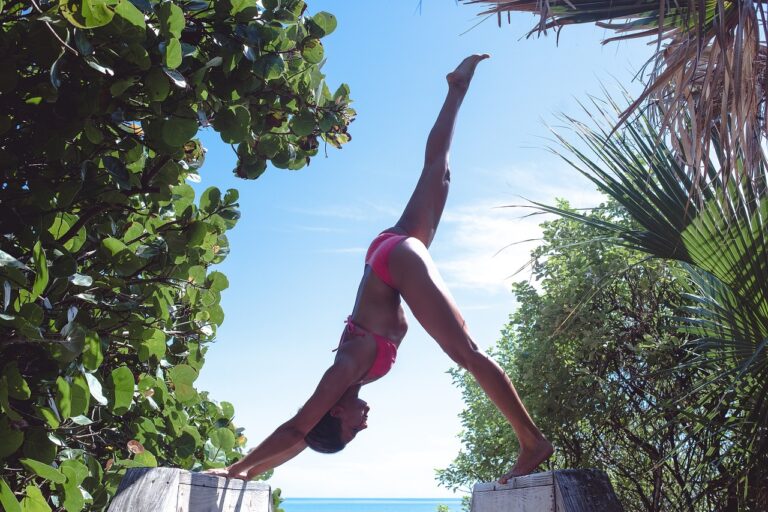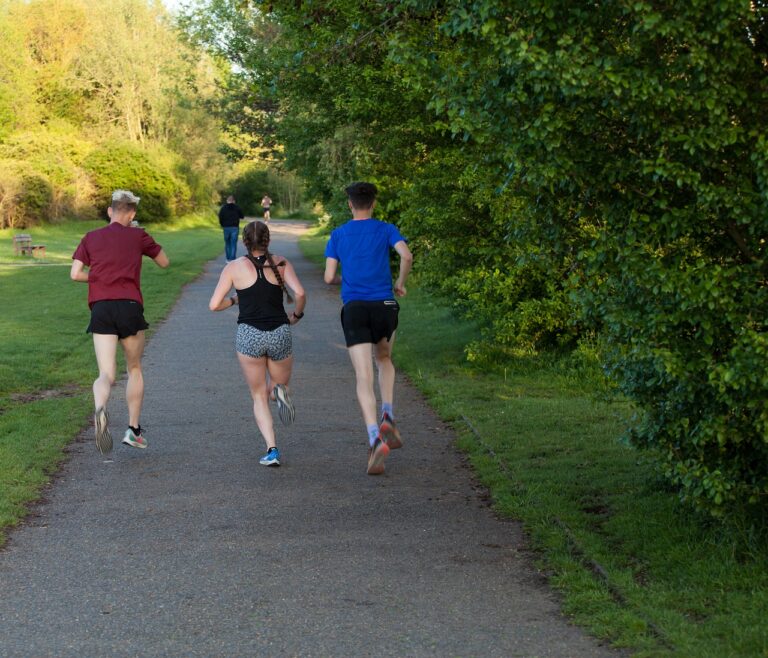The Benefits of Dance Movement Therapy for Parkinson’s Disease
Dance movement therapy has shown promising results in improving the quality of life for individuals with Parkinson’s disease. The rhythmic and expressive nature of dance can help in enhancing motor skills, reducing stiffness, and increasing flexibility. Additionally, dance therapy provides a sense of empowerment and accomplishment, boosting self-esteem and mood in patients.
Furthermore, incorporating dance movement therapy in the treatment plan for Parkinson’s disease can also aid in enhancing cognitive function. The combination of physical activity with mental engagement during dancing can stimulate the brain, improve focus, and enhance overall cognitive abilities. This holistic approach to therapy not only benefits the physical symptoms of the disease but also supports mental well-being and emotional resilience.
• Dance movement therapy can improve motor skills and reduce stiffness in individuals with Parkinson’s disease
• Dancing can increase flexibility and overall physical functioning
• Dance therapy boosts self-esteem, mood, and sense of accomplishment in patients
• Incorporating dance movement therapy can enhance cognitive function in individuals with Parkinson’s disease
• The combination of physical activity and mental engagement during dancing stimulates the brain
• Dance therapy improves focus and overall cognitive abilities
• This holistic approach benefits both physical symptoms and mental well-being/emotional resilience
Understanding Parkinson’s Disease and Its Symptoms
Parkinson’s disease is a neurodegenerative disorder that primarily affects the motor system, causing a range of symptoms that can vary in severity among individuals. The disease is characterized by the loss of dopamine-producing neurons in the brain, which leads to impairment in movement control and coordination. Tremors, muscle rigidity, bradykinesia (slowness of movement), and postural instability are common motor symptoms experienced by individuals with Parkinson’s disease.
In addition to motor symptoms, Parkinson’s disease can also manifest with non-motor symptoms such as cognitive impairment, mood disorders, and autonomic dysfunction. These non-motor symptoms can significantly impact the quality of life of individuals with Parkinson’s disease, adding to the complexity of managing the condition. Early diagnosis and appropriate management of both motor and non-motor symptoms are essential in providing comprehensive care for individuals with Parkinson’s disease.
How Dance Movement Therapy Can Improve Coordination and Balance
Dance movement therapy has been recognized as a valuable intervention for individuals with Parkinson’s disease. It offers a unique approach that focuses on enhancing coordination and balance through rhythmic movements and guided exercises. By engaging in various dance forms and structured movements, patients can improve their physical abilities and motor skills in a holistic and enjoyable manner.
The rhythmic and repetitive nature of dance movement therapy helps individuals with Parkinson’s disease to develop a sense of rhythm and timing, which in turn enhances their coordination and balance. Through the practice of specific movements and sequences, patients can strengthen their muscles, improve their posture, and enhance their overall body awareness. This targeted approach not only promotes physical well-being but also boosts confidence and emotional resilience in individuals facing the challenges of Parkinson’s disease.
How can dance movement therapy benefit individuals with Parkinson’s Disease?
Dance movement therapy can benefit individuals with Parkinson’s Disease by improving coordination, balance, and overall physical and cognitive function. It can also help reduce symptoms such as rigidity and tremors.
What are some common symptoms of Parkinson’s Disease?
Common symptoms of Parkinson’s Disease include tremors, rigidity, bradykinesia (slowness of movement), and postural instability.
How does dance movement therapy help improve coordination and balance?
Dance movement therapy helps improve coordination and balance by focusing on rhythmic movements, balance exercises, and coordination activities that target specific areas affected by Parkinson’s Disease.
Is dance movement therapy a suitable form of exercise for individuals with Parkinson’s Disease?
Yes, dance movement therapy is a suitable form of exercise for individuals with Parkinson’s Disease as it is low-impact, can be tailored to individual needs, and incorporates music and movement to make exercise more enjoyable.
Are there any potential risks or contraindications to participating in dance movement therapy for individuals with Parkinson’s Disease?
It is always important to consult with a healthcare professional before starting any new form of exercise, including dance movement therapy. Individuals with severe balance issues or mobility limitations may need to modify certain movements or exercises to prevent falls or injury.







